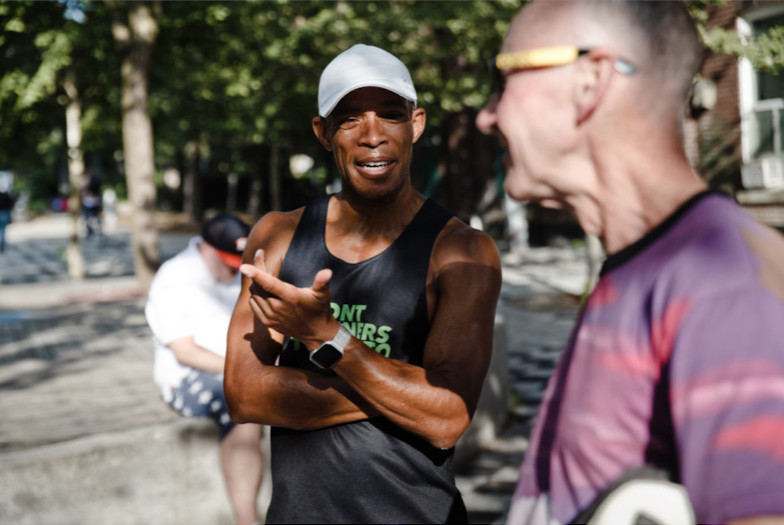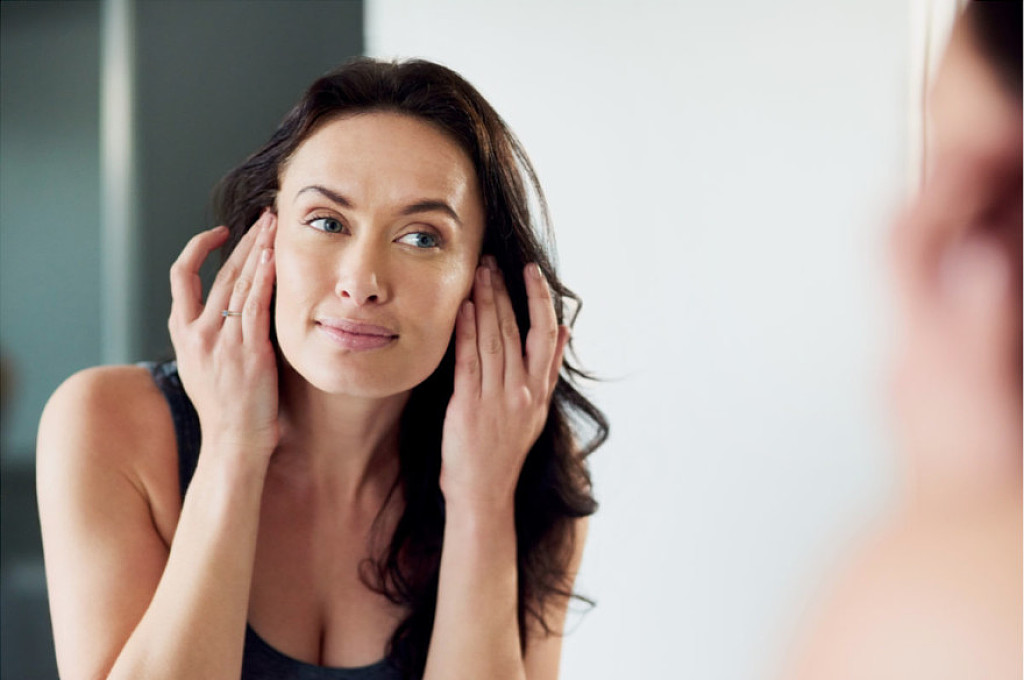Running News Daily
Running News Daily is edited by Bob Anderson. Send your news items to bob@mybestruns.com Advertising opportunities available. Train the Kenyan Way at KATA Kenya and Portugal owned and operated by Bob Anderson. Be sure to catch our movie A Long Run the movie KATA Running Camps and KATA Potato Farms - 31 now open in Kenya! https://kata.ke/
Index to Daily Posts · Sign Up For Updates · Run The World Feed
What the heck is "runner's face"?
A recent post on the Get the Gloss site out of the U.K. has some runners looking anxiously in the mirror, asking themselves, “Do I have ‘runner’s face’?” What even is runner’s face?
Then it seems blindingly obvious: running makes your face sag.

The post includes photos of the author (a runner) taken before and after receiving injections of a dermal filler product derived from cellulose that’s supposed to stimulate the body’s natural collagen production. It reportedly continues to puff out your wrinkles for three months after the initial treatment, and lasts two to four years.
Toronto cosmetic surgeon Dr. Oakley Smith confirms that runner’s face is definitely a thing: “It tends to be among people who are obsessive runners – the ones who have to run every day,” says Smith. “They tend to be thin, and are probably very healthy, but they don’t look healthy because they’ve lost a lot of fat from their face, and it makes them look gaunt. It’s not a good look at the moment.”

Of course, aging runners aren’t the only people taking advantage of these treatments, and Smith says there’s no proof that it’s the repetitive pounding of the pavement that causes this sagging to occur. But it makes intuitive sense: “Why would the face be immune to the repetitive strain that affects the other parts of the body?” he asks (rhetorically). The usual places where this shows up is at the temples and just below the cheeks. Typically, these areas can be volumized with fillers such as the product mentioned above, to give a more healthy and youthful appearance, though Smith says that unlike the product mentioned above, most fillers used to treat the condition are made from hyaluronic acid (H.A.), which is produced naturally in the body.
Some people opt for botox injections instead, which is not a filler, but diminishes the appearance of wrinkles by paralyzing facial muscles.
He cautions that there is wide variation among fillers. “If you inject pure H.A., it will be gone in a week,” he says, explaining that the molecules are modified so it takes longer for the body to break them down, and much depends on the skill and experience of the professional administering it. He adds that there are a number of other, non-H.A. products (such as the one mentioned in the post) but they are less reliable. “H.A. fillers are mostly pretty safe and predictable, without a lot of complications.”
The cost for treatment with fillers depends on the quality of the product and the experience of the health professional administering it, but typically ranges from $400 to $800 per syringe.
by Running Magazine
Login to leave a comment




